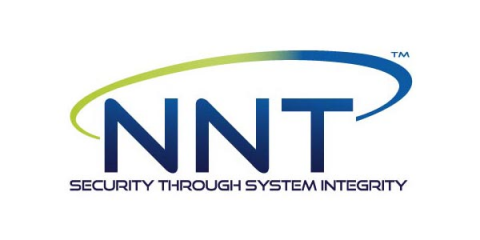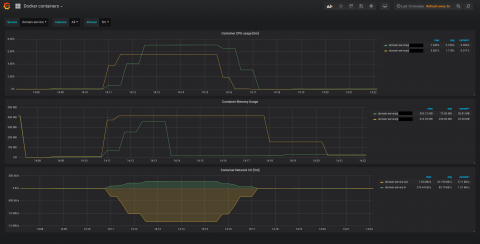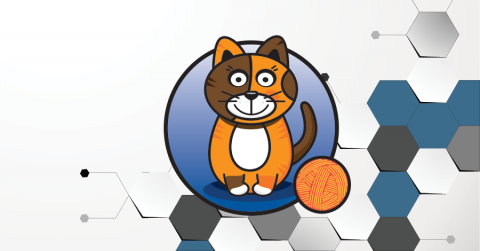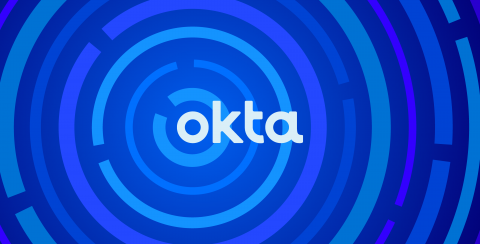Weekly Cyber Security News 06/09/2019
A selection of this week’s more interesting vulnerability disclosures and cyber security news. A great example of (half) forgotten linked app this week via, quite unforgettably, from the Twitter CEO. I’m sure we all have linked services together as authentication of to bridge a data conduit just to do a trial or something and neglected to remove it afterwards. Well…. That lapse could come back to bite in the future.










